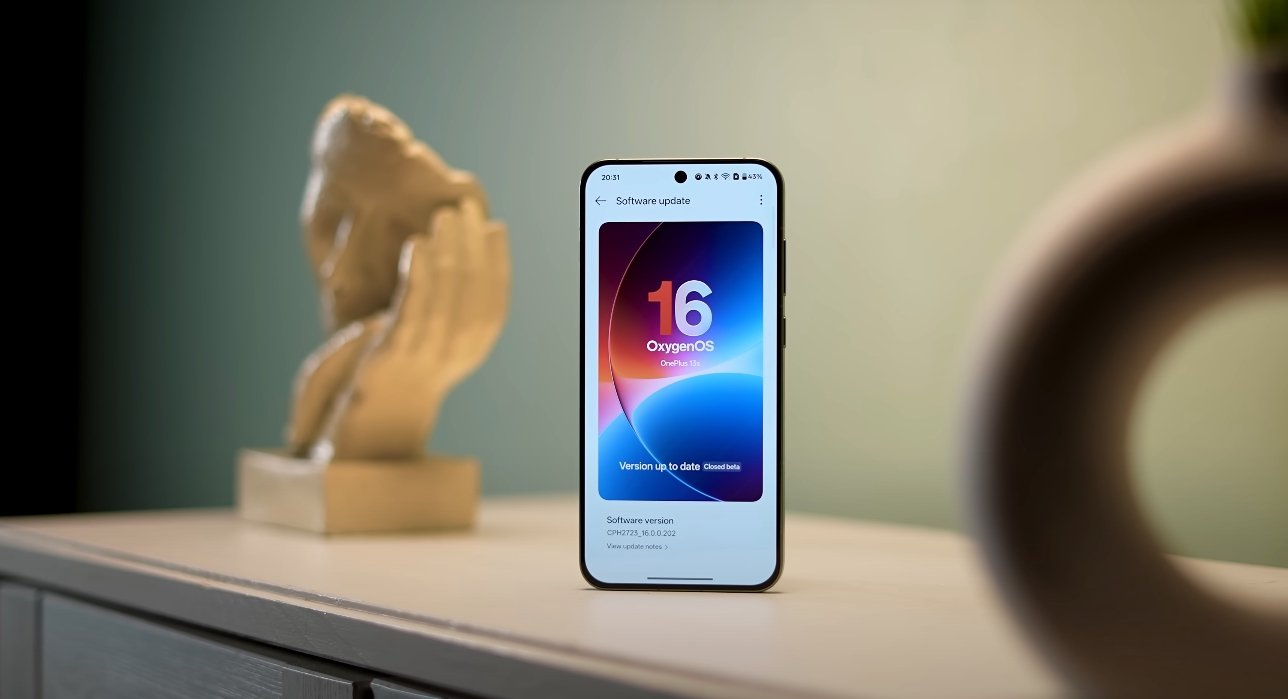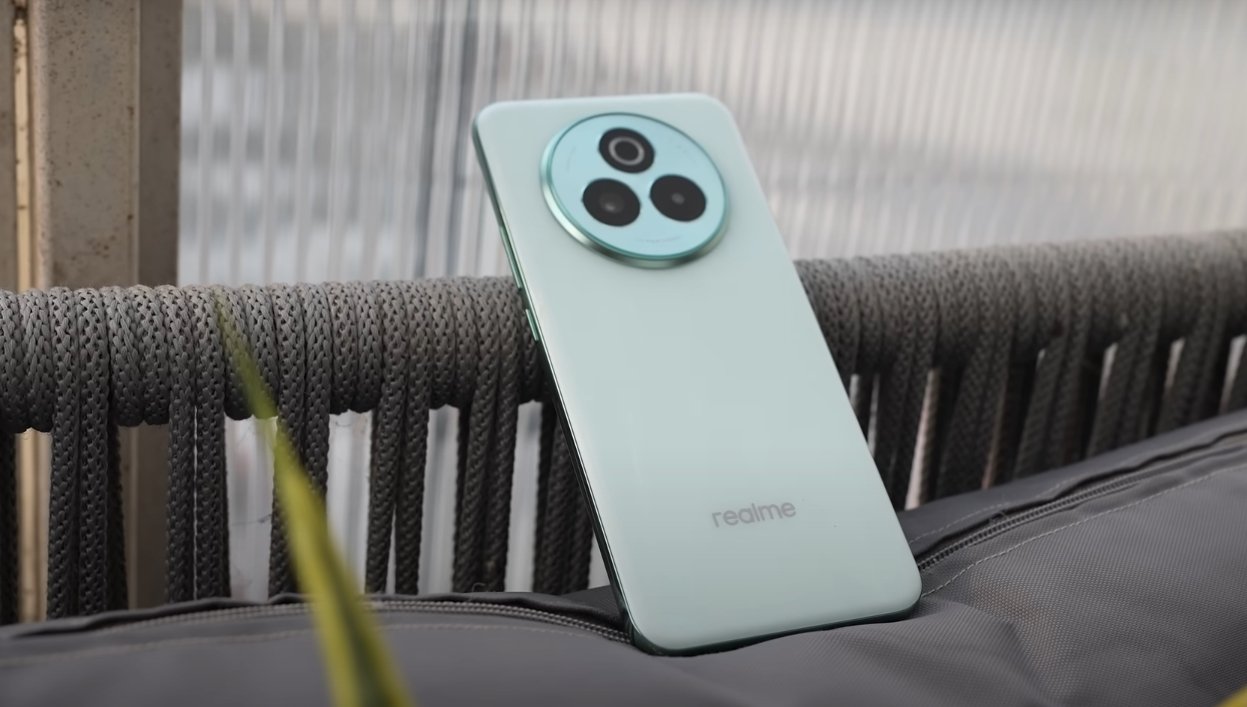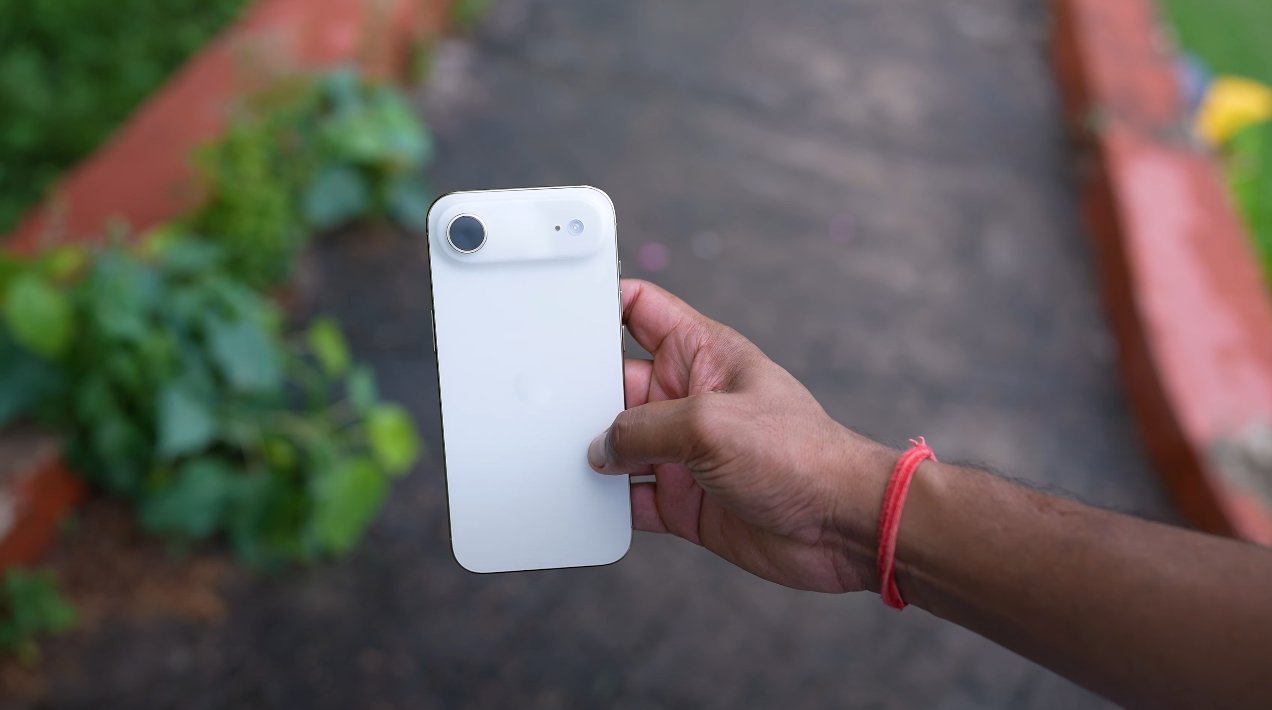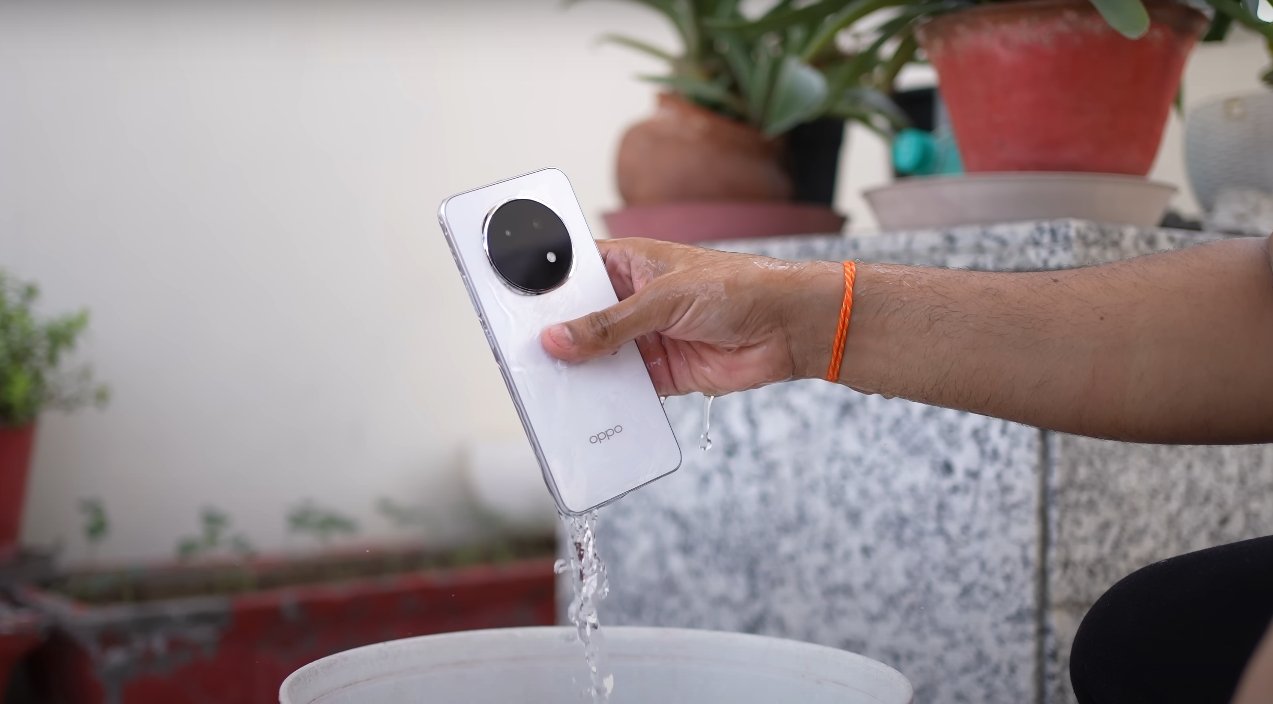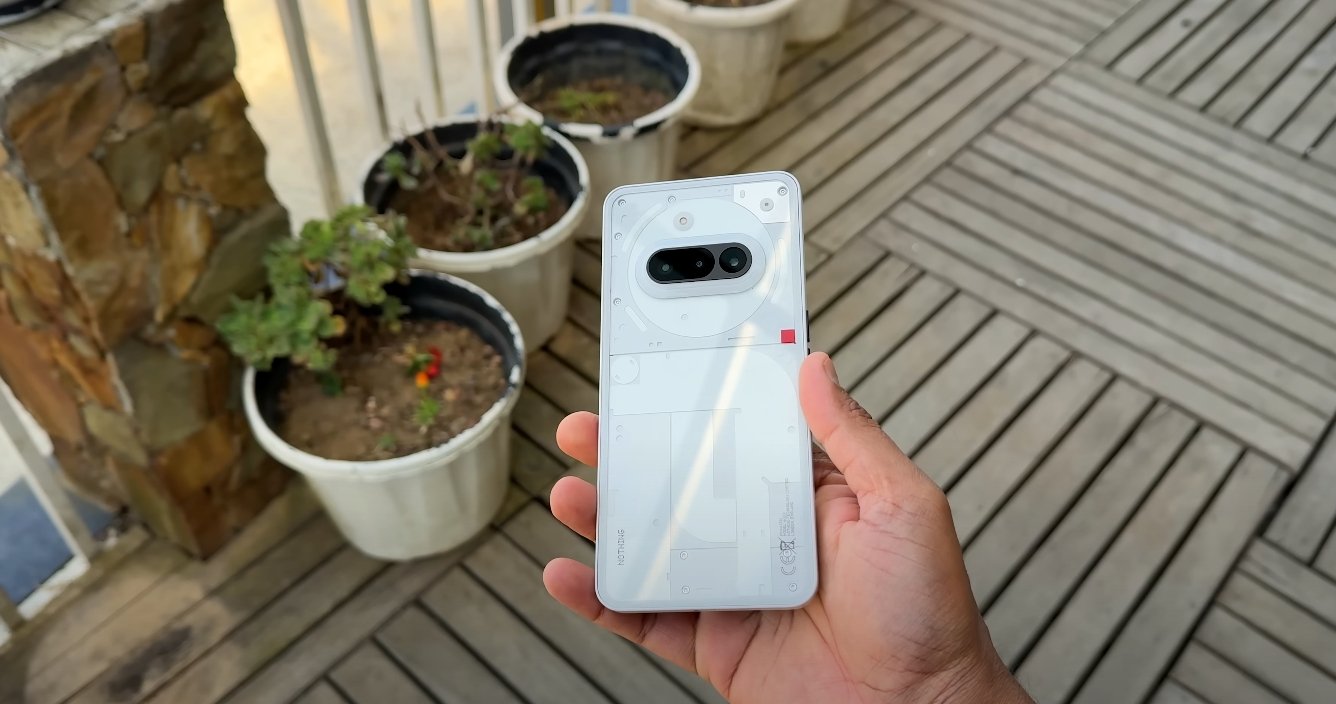OnePlus introduces a smarter way to manage digital well-being
OnePlus has unveiled a new feature called Mind Space with the launch of OxygenOS 16, marking a major step toward integrating AI-driven tools for digital well-being. This intelligent system is designed to help users better understand and manage their screen time, notifications, and overall smartphone habits. Built directly into the operating system, Mind Space offers a personal and adaptive experience that evolves with the user’s daily routines.
At its core, Mind Space uses on-device AI to track how users interact with their phones throughout the day. It analyzes app usage patterns, notification frequency, and time spent on various activities to build a clear picture of digital behavior. Unlike standard digital well-being dashboards, Mind Space goes further by suggesting personalized actions to reduce distractions. It can recommend focus modes, silence certain notifications, or encourage breaks when usage spikes.
The interface is designed to be clean, minimal, and easy to understand. Users can access their daily or weekly activity summaries, set goals for reducing screen time, and enable focus sessions to block interruptions. OnePlus has also built in real-time feedback features that notify users when they cross preset limits on apps or overall phone use. These tools are meant to help people maintain healthier digital habits without relying on third-party apps.
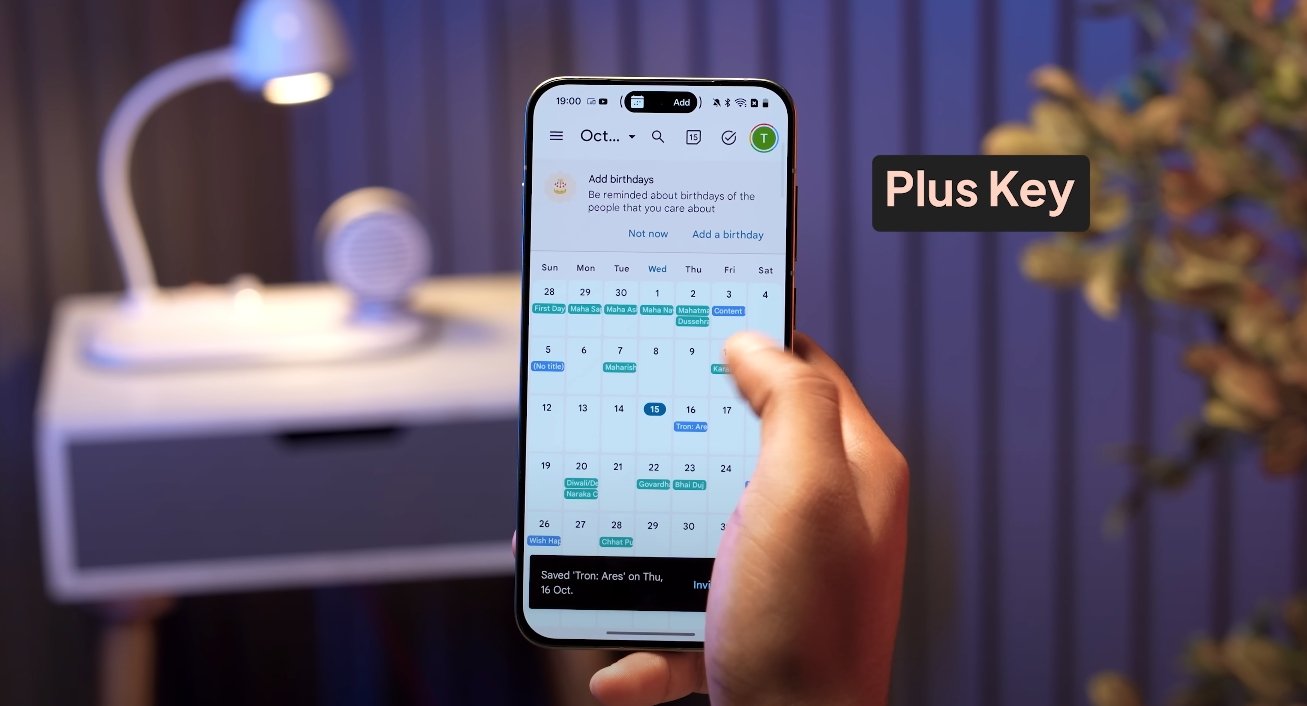
Mind Space also integrates with other parts of OxygenOS 16 to create a more cohesive experience. For example, when users enable focus mode, the system can adjust brightness, mute notifications, and limit background activity to minimize distractions. It can also intelligently detect when the user is working, exercising, or resting, and apply preset modes automatically. This automation is powered by on-device AI, ensuring privacy and speed without needing cloud processing.
OnePlus has emphasized that Mind Space is designed to be supportive rather than restrictive. Instead of forcing limits, the feature gently guides users with subtle nudges and insights, allowing them to make better decisions about their digital time. This approach reflects a growing trend in tech where well-being tools are becoming more personalized and intelligent rather than one-size-fits-all.
The company has also focused on making Mind Space highly customizable. Users can set their own goals, choose which apps are monitored more closely, and adjust how often the system delivers reminders. This flexibility ensures that Mind Space adapts to different lifestyles—whether someone wants to minimize distractions during work hours or simply gain a better understanding of their habits.
As OxygenOS 16 rolls out to more devices in the U.S., Mind Space is expected to become a core part of the OnePlus experience. By combining real-time insights, AI-driven recommendations, and seamless system integration, this tool aims to give users more control over how they use their phones. In a world where digital overload is increasingly common, OnePlus is positioning Mind Space as a smarter, more human approach to achieving a balanced digital lifestyle.
